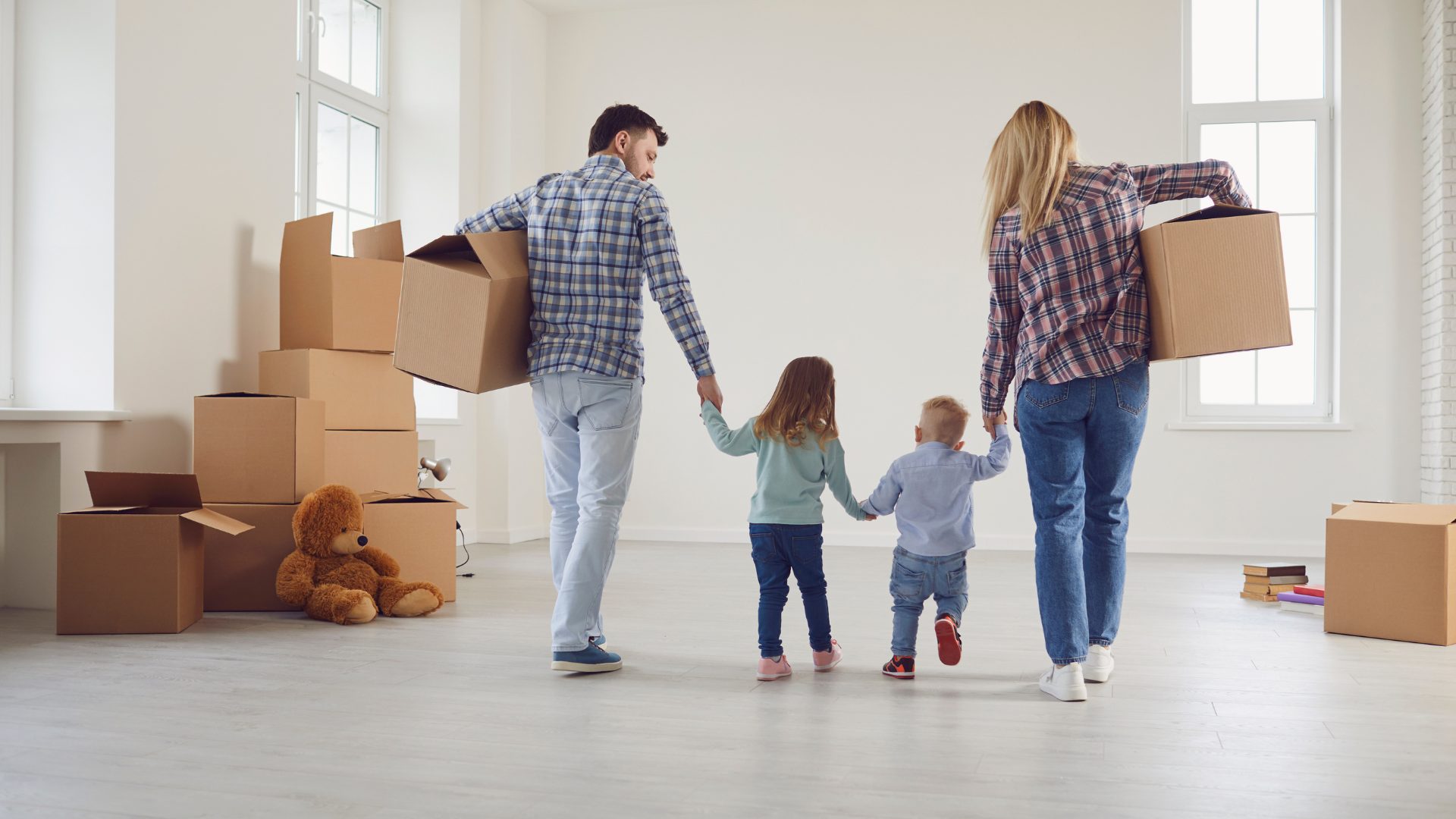1. Gather the Right Packing Materials
The first step in packing fragile items is to gather the necessary materials. Quality packing supplies are essential for protecting your items during transit. Here’s what you’ll need:
- Sturdy Boxes: Use strong, durable boxes that can handle the weight of your fragile items without collapsing. Consider using double-walled boxes for added protection.
- Bubble Wrap: This is your best friend when packing fragile items. It cushions your belongings and absorbs shocks during the move.
- Packing Paper: Soft packing paper is ideal for wrapping delicate items. Avoid using newspaper as it can leave ink stains.
- Packing Tape: Use high-quality packing tape to securely seal your boxes.
- Marker: Label your boxes clearly with “Fragile” to ensure they are handled with care.
If you’re unsure where to get quality packing materials, companies like Hire A Box offer everything you need for a safe move.
2. Wrap Each Item Individually
When packing fragile items, it’s important to wrap each piece individually. This helps prevent them from knocking against each other and breaking during the move. Here’s how to do it:
- Start with a Layer of Paper: Place a sheet of packing paper on a flat surface.
- Wrap the Item: Place the item in the centre of the paper and wrap it carefully, tucking in the edges to cover all parts.
- Add Bubble Wrap: For extra protection, wrap the item in bubble wrap after wrapping it in paper. Secure the bubble wrap with tape.
For extremely delicate items, you may want to add an additional layer of padding, such as foam or a towel.
3. Use the Right Box Size
Choosing the right box size is crucial when packing fragile items. A box that is too large can cause items to shift during transit, increasing the risk of breakage. On the other hand, a box that is too small might not provide enough protection. Ideally, use a box that allows you to pack items snugly with some padding around them.
If you have a mix of large and small fragile items, consider using multiple boxes to ensure everything is packed securely.
4. Fill Empty Spaces
Once you’ve packed your items into a box, fill any empty spaces with padding. This can be done using packing paper, bubble wrap, or even soft items like towels or blankets. Filling these gaps helps prevent items from moving around inside the box, reducing the risk of damage.
Make sure the box is tightly packed but not overfilled. Overpacking can put pressure on the items inside, leading to potential breakage.
5. Label Boxes Clearly
Proper labelling is key to ensuring your fragile items are handled with care. Use a marker to clearly label each box with the word “Fragile.” You might also want to add “This Side Up” to indicate how the box should be placed. Proper labelling helps professional removalists understand how to handle each box during the move.
6. Consider Double Boxing for Extra Protection
For particularly valuable or fragile items, consider using the double-boxing method. Here’s how it works:
- Pack the Item in a Smaller Box: Wrap the item as usual and place it in a smaller box with padding around it.
- Place the Smaller Box in a Larger Box: Fill the bottom of a larger box with padding, then place the smaller box inside. Fill the sides and top with more padding.
- Seal the Larger Box: Securely tape the larger box and label it as fragile.
Double boxing adds an extra layer of protection, making it less likely for your items to be damaged during the move.
7. Pack Plates and Glassware Vertically
When packing plates and glassware, it’s safer to pack them vertically rather than stacking them on top of each other. This reduces the pressure on individual pieces and helps prevent them from breaking. Here’s a step-by-step guide:
- Wrap Each Plate Individually: Use packing paper and bubble wrap to wrap each plate.
- Place Plates Vertically in the Box: Place the plates on their sides in the box, like you would store records.
- Fill Gaps with Padding: Use packing paper or bubble wrap to fill any gaps and keep the plates in place.
For glasses and mugs, wrap each item individually and place them vertically in the box, using padding to fill any spaces.
8. Hire Professional Packers
If you’re moving in Australia, especially in a busy city like Sydney, hiring professional packers can make a huge difference. Professional packers have the experience and expertise to handle fragile items with care. They also know how to pack and with the help of professionals move your items to minimise the risk of damage.
Hire A Packer can provide advice on the best packing materials and techniques for your specific needs.
Even with the best packing techniques, accidents can happen during a move. To protect your valuable items, consider getting insurance for your move. Many moving companies offer insurance options, so you can have peace of mind knowing your fragile items are covered.
10. Unpack Carefully
Once you’ve arrived at your new home, take your time unpacking fragile items. Carefully remove them from the boxes, and check for any damage. If you used professional movers, they might assist with unpacking and setting up your items.
In conclusion, packing fragile items safely requires careful planning and the right materials. By using quality packing supplies, wrapping items individually, and packing boxes properly, you can protect your delicate belongings during your move. Whether you’re moving house or

